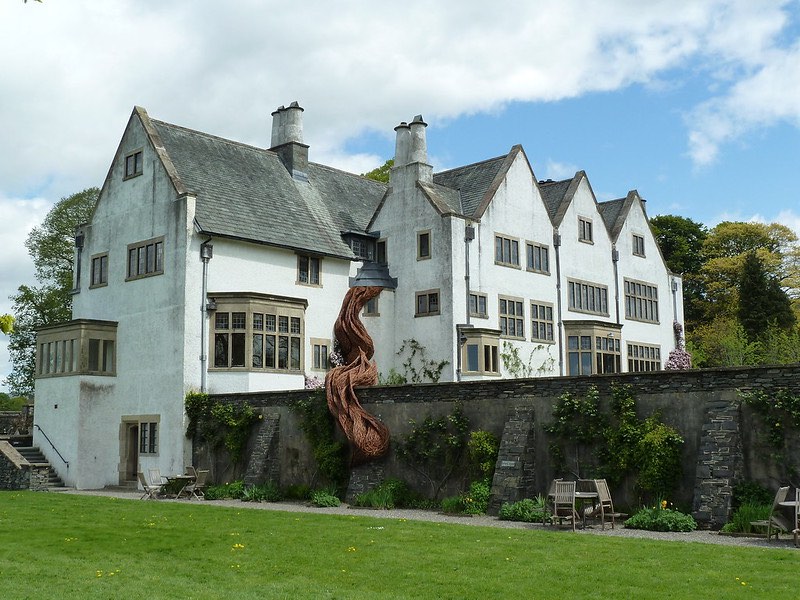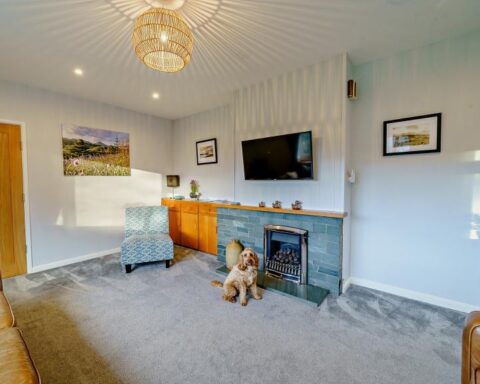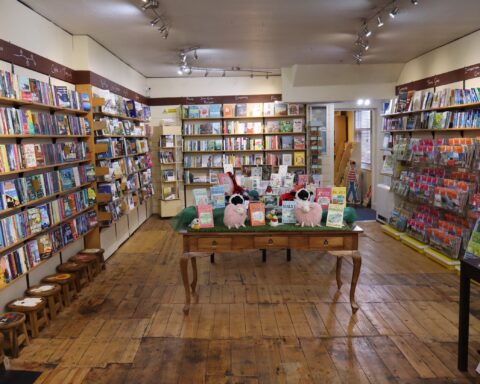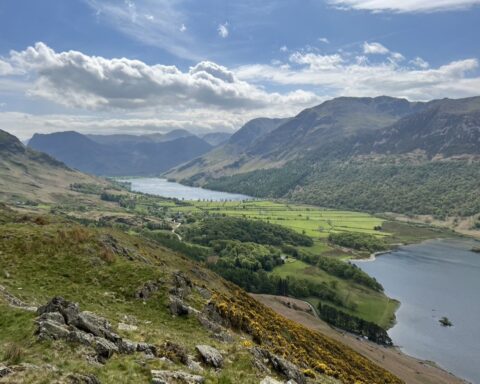Glimpse Style and Elegance at Blackwell Arts & Crafts House
Style and simple elegance are the watchwords at Blackwell Arts & Crafts house, about a mile south of Bowness-on-Windermere. Pair this with England’s longest lake, offering truly spectacular and uninterrupted views. Consequently, these elements combine to create the perfect recipe for a memorable visit.
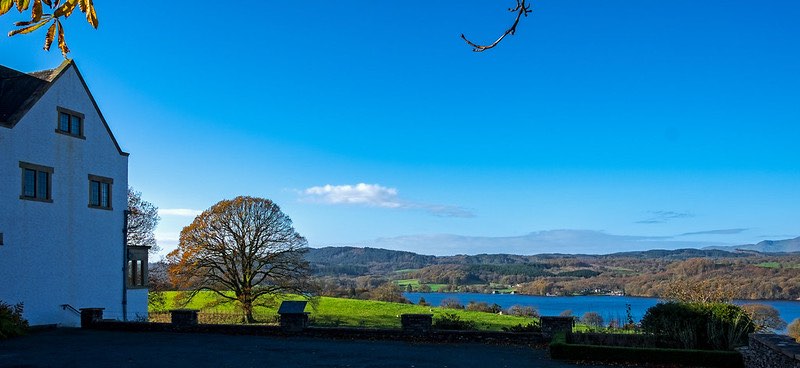
The Legacy of Mackay Hugh Baillie Scott
Blackwell was designed by renowned architect Mackay Hugh Baillie Scott for Manchester brewer Sir Edward Holt in 1901. Baillie Scott championed the Arts and Crafts style, a design movement focused on traditional craftsmanship. This approach contrasted with the era’s soulless industrialism. At Blackwell, he collaborated with the era’s leading designers, infusing the house with timeless elegance.
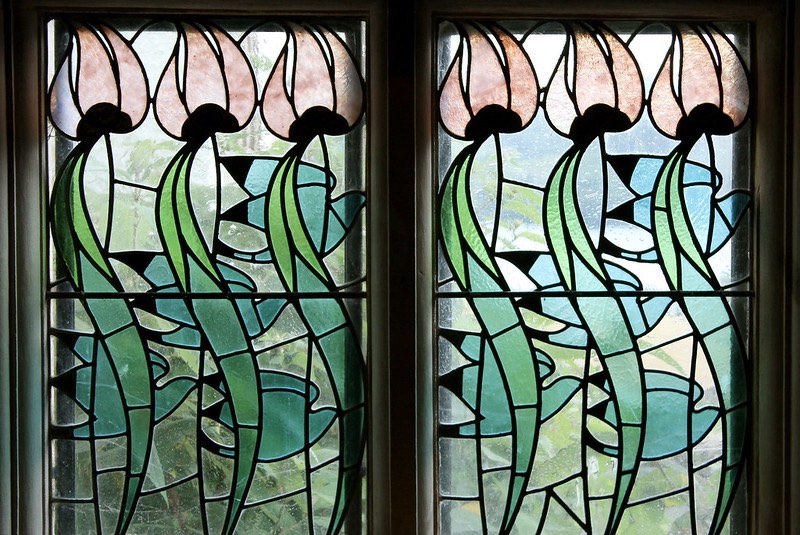
Artistic Marvels at Blackwell
The house, originally built as a holiday home, boasts many restored original features. These include beautifully carved wood panelling, intricate plasterwork, and small, tasteful stained-glass windows. Decorated inglenook fireplaces adorn several rooms, including the dining room which also features a rare hessian wall-hanging.
Visitors are inevitably drawn downstairs to the amazing White Drawing Room, where sunlight floods through the massive lake-facing windows. One can easily picture Sir Edward and his family spending joyful hours in the window seats. They were likely captivated by the stunning beauty of the outdoor scenery. It must’ve seemed like a world away from Manchester’s bustle and grime.
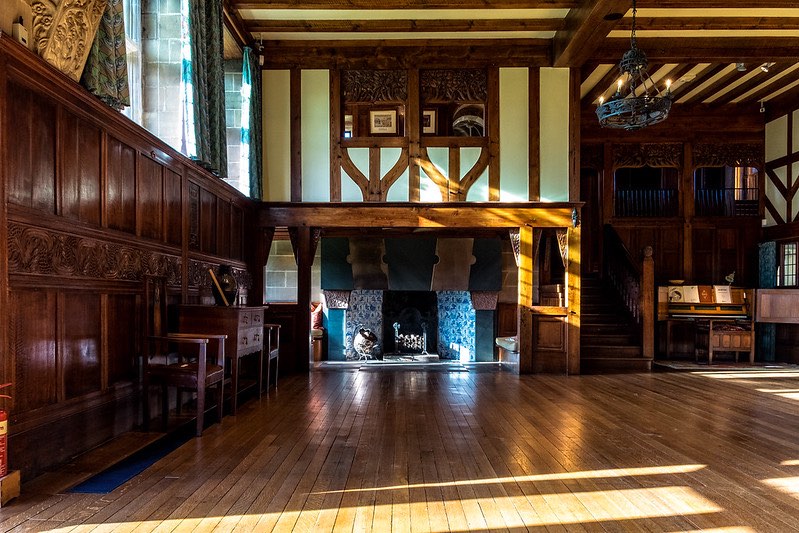
Preserving the House’s Original Charm
From the exquisite oak-panelled main hall, a staircase featuring a mock minstrels’ gallery leads up to the first floor. Little evidence of the original furnishings remains today. However, Arts and Crafts specialists have meticulously recreated the main bedroom, emulating Baillie Scott’s design ethos. It features colourful friezes, a carved ceiling, woven curtain trim and, the tour de force, a specially commissioned oak bed.
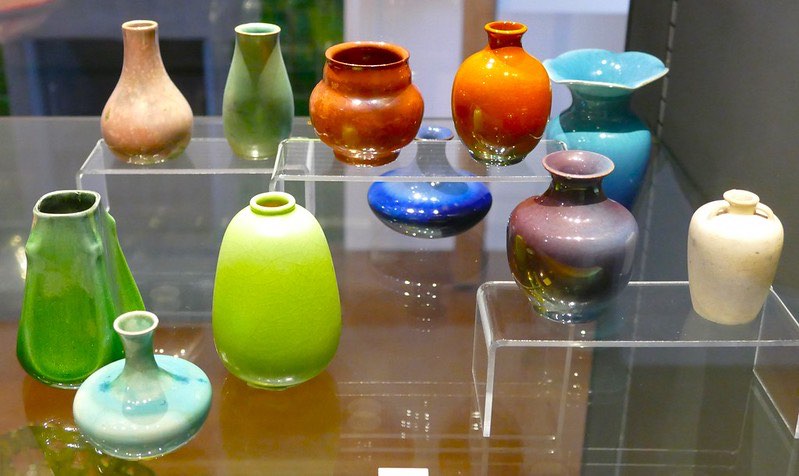
Exploring the Arts and Crafts Movement
The upstairs rooms at Blackwell feature exhibitions that delve deeper into the Arts and Crafts movement. These displays showcase ceramics and various decorative items. Additionally, a side room narrates the poignant story of Huyton College girls, evacuated to Blackwell during World War Two to escape the Luftwaffe’s bombing of Liverpool.
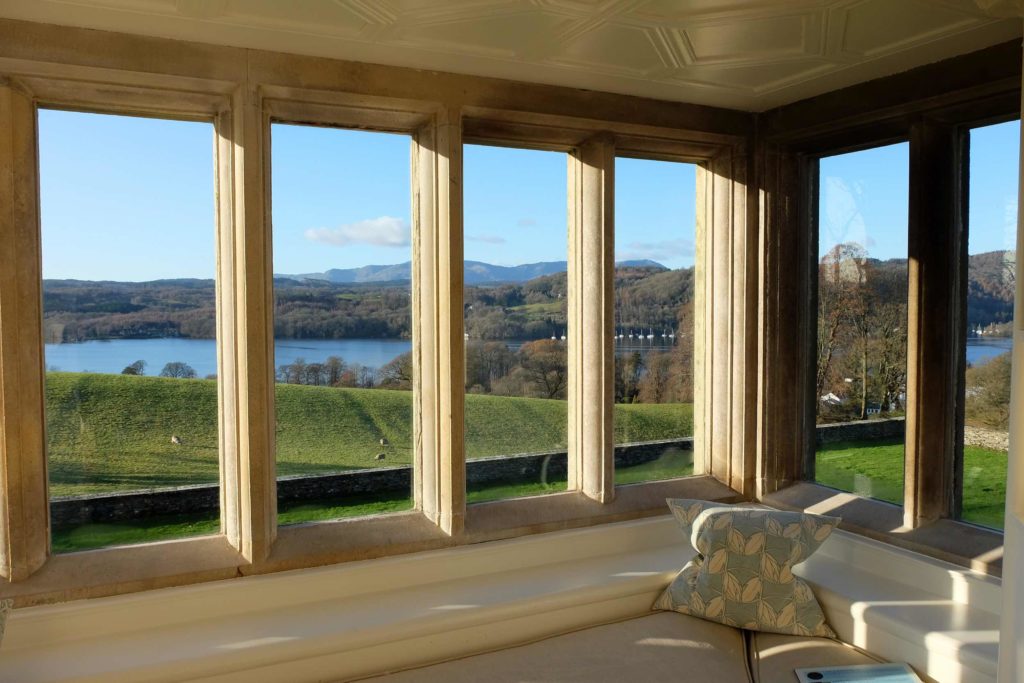
Garden Design by Thomas Mawson: Merging Nature with Art
The grounds were designed by Thomas Mawson, who laid out many formal gardens in the area including those at Holker Hall, Brockhole and Rydal Hall. To use the views from the house to their best advantage, he created a series of terraces. Visitors today have the freedom to explore the lush gardens at their leisure. Additionally, when the Cumbrian weather is favorable, they can relax outdoors using the tables and chairs set on the south-facing lawn.
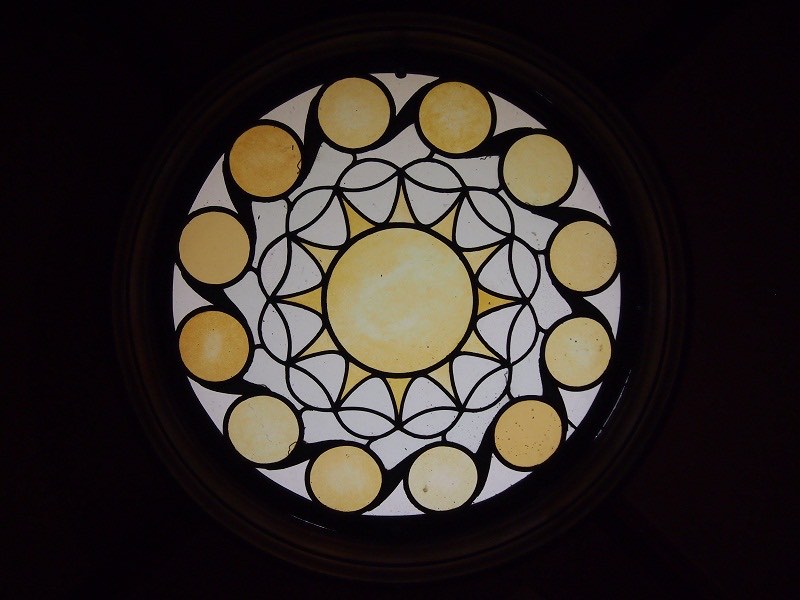
The ground floor, once home to servants’ quarters and the Holts’ kitchen, has been transformed. It now houses the reception area, a gift shop, and a licensed café, which serves a variety of hot and cold light meals.
On select days throughout the year, visitors have the opportunity to join exclusive guided tours of Blackwell Arts & Crafts House. Following this, they can also explore Broad Leys, located nearby. This private clubhouse was built by Arts and Crafts architect Charles FA Voysey in 1898.
More Information
Address: Blackwell, Bowness-on-Windermere, Cumbria, LA23 3JT
Opening times :
March to October, the House welcomes visitors daily from 10:00 AM to 5:00 PM.
November to February, the opening hours change to 10:00 AM to 4:00 PM for the house and shop, and the tearoom operates from 10:30 AM to 4:00 PM

